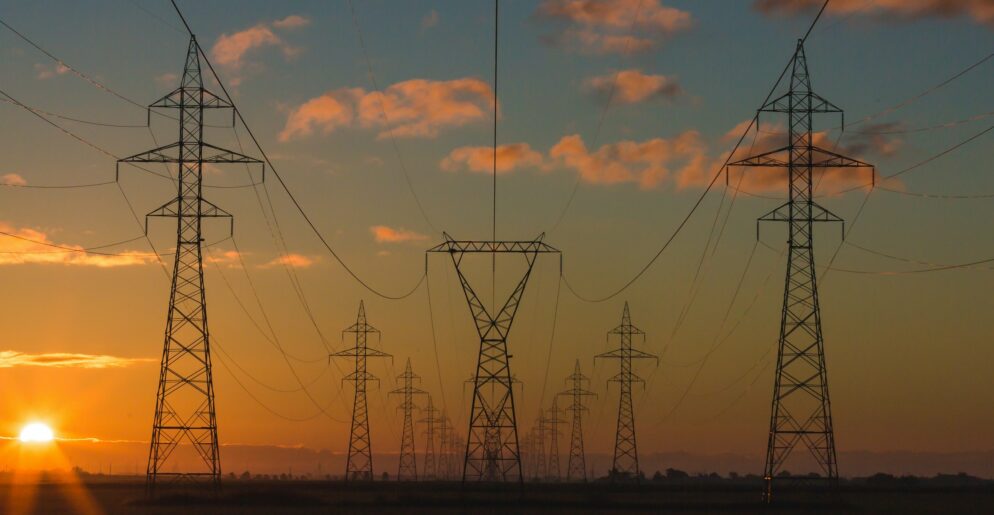Customer overview
ČEPS is the sole Czech Transmission System Operator and holds an exclusive licence to that effect granted by the Energy Regulatory Office under the Energy Act. ČEPS is a member of relevant European international organisations. The Company is responsible for maintaining the balance of electricity supply and demand within the Czech power system in real-time (system services) and for organising cross-border power exchanges including transits. ČEPS is a company wholly owned by the State – the Czech Republic and controlled by the Czech Ministry of Industry and Trade. The Ministry of Industry and Trade is charged by the State with exercising shareholder rights.
ČEPS in numbers:
- 44 substations comprising 79 transformers, which allow electricity to be supplied from the transmission system to the distribution network
- 400kV lines with a total length of 3,867 km
- 220kV lines with a total length of 1,824 km
